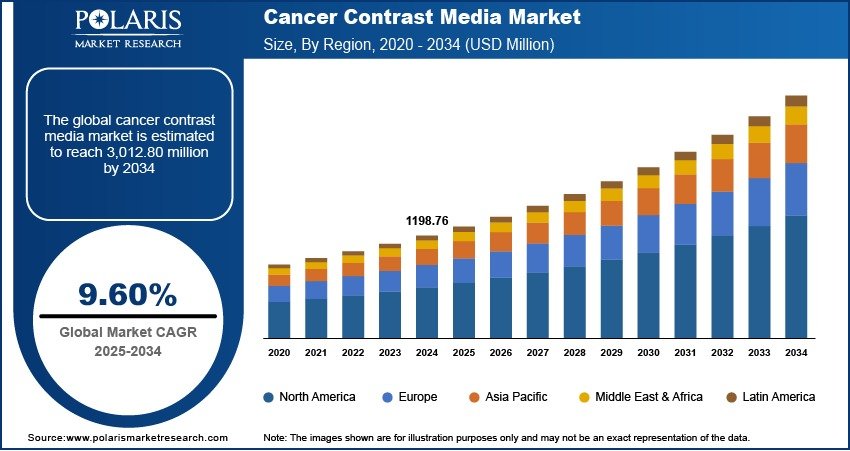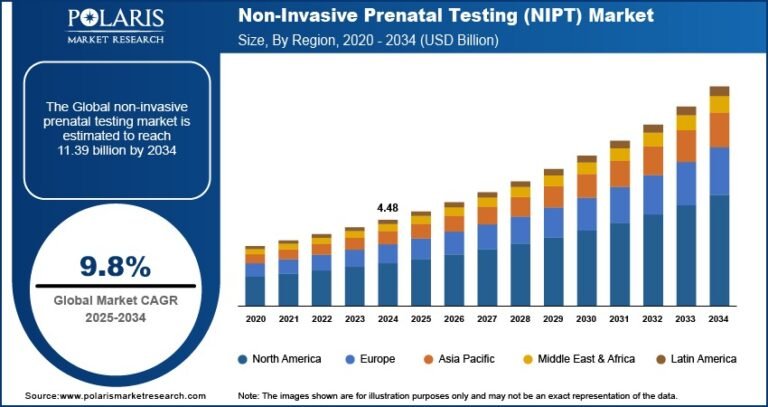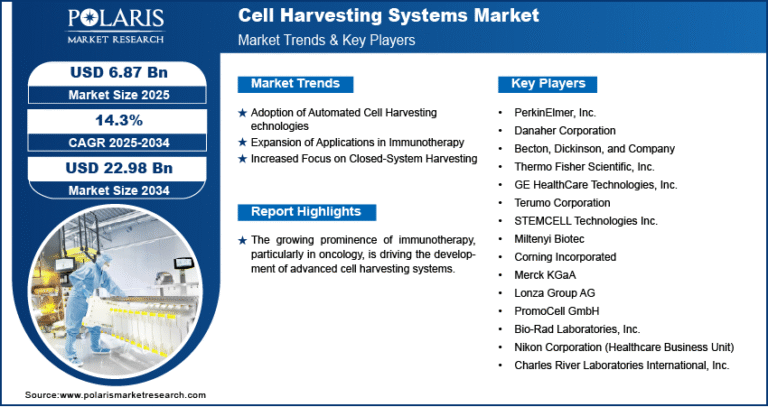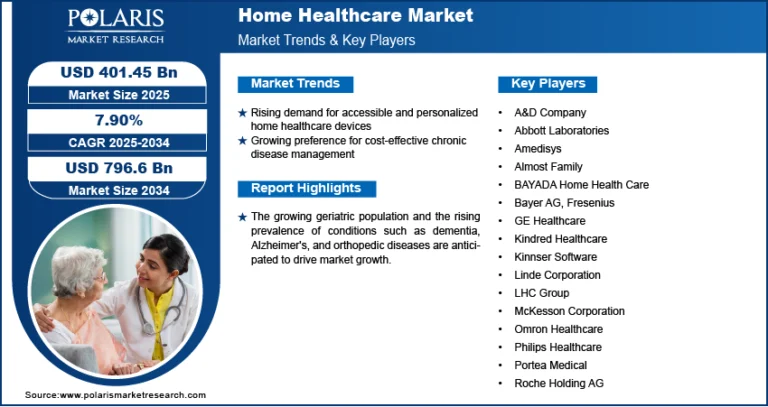Cancer Contrast Media Market Projected to Reach USD 3,012.80 Million by 2034 | CAGR: 9.60%

Key Market Trends
1. Rise of Personalized & Theranostic Contrast Agents
-
There’s a clear trend toward precision imaging in oncology, utilizing contrast agents tailored to tumor type and patient profile, enabling targeted diagnostics and therapy planning .
-
Theranostic agents, combining imaging visibility with therapeutic capability, are gaining traction, supporting image‑guided drug delivery and real‑time treatment monitoring .
2. Adoption of Macrocyclic Gadolinium & Safer GBCAs
-
Demand for macrocyclic gadolinium-based agents (e.g., gadobutrol, gadopiclenol) is surging due to their enhanced safety profile and faster regulatory approvals—boosting replacement cycles in MRI protocols .
-
Regulatory shifts (e.g. EMA phasing out linear agents) and new FDA approvals (like Bracco’s gadopiclenol in 2022) are accelerating this migration .
3. Growth in Microbubble Ultrasound Contrast
-
Microbubble agents are becoming increasingly popular in oncology, especially for tumor vascular imaging, because of their real-time imaging capability, ionizing-radiation-free approach, and growing use in point-of-care settings .
4. AI and Automated Injectors Boost Efficiency
-
AI-enabled injector systems and software are being deployed to optimize contrast dosing based on patient specifics and modality, reducing wastage by ~30% and enhancing workflow in high-throughput oncology imaging .
5. Expansion of Outpatient & Ambulatory Imaging
-
There’s a structural shift from hospital to ambulatory care centers (e.g., imaging centers, outpatient clinics) for oncology diagnostics, increasing demand for smaller packaging, single-dose systems, and portable ultrasound solutions
Market Size & Forecast
Revenue forecast in 2034 USD – 3,012.80 million
CAGR – 9.60% from 2025 – 2034
Request for Free Sample:
Industry Overview:
The cancer contrast media market involves specialized imaging agents used to enhance the visibility of internal body structures during diagnostic procedures such as MRI, CT scans, and ultrasound. These contrast agents play a crucial role in the early detection, staging, and monitoring of various cancers by improving image clarity and diagnostic accuracy. Commonly used contrast media include iodine-based agents for CT scans, gadolinium-based agents for MRI, and microbubble agents for ultrasound. As cancer remains a leading cause of mortality globally, the demand for precise and timely diagnostics continues to drive innovation and adoption in this market.
Key Market Drivers & Barriers:
A primary driver of the cancer contrast media market is the rising global incidence of cancer, coupled with increasing investments in advanced diagnostic infrastructure and early screening programs. Technological advancements in imaging technologies and the development of targeted contrast agents that improve tumor visualization are also fueling growth. Additionally, growing awareness among healthcare professionals and patients about the benefits of early diagnosis supports market expansion. However, concerns over adverse reactions and nephrotoxicity associated with certain contrast agents, along with regulatory scrutiny and high development costs, pose challenges. Reimbursement issues and supply chain constraints further hinder widespread accessibility in some regions.
Market Opportunity:
The cancer contrast media market offers significant opportunities in the development of next-generation agents, including nanoparticle-based and molecularly targeted contrast agents that enable more precise imaging and personalized treatment planning. Expanding applications in theranostics—where contrast media are used for both diagnosis and therapy—present promising avenues for growth. Emerging markets in Asia-Pacific, Latin America, and Africa offer untapped potential due to improving healthcare access, rising cancer prevalence, and government initiatives aimed at strengthening oncology care. With continued innovation and strategic collaborations between pharmaceutical companies and diagnostic imaging firms, the market is poised for sustained growth in the evolving landscape of precision oncology.






